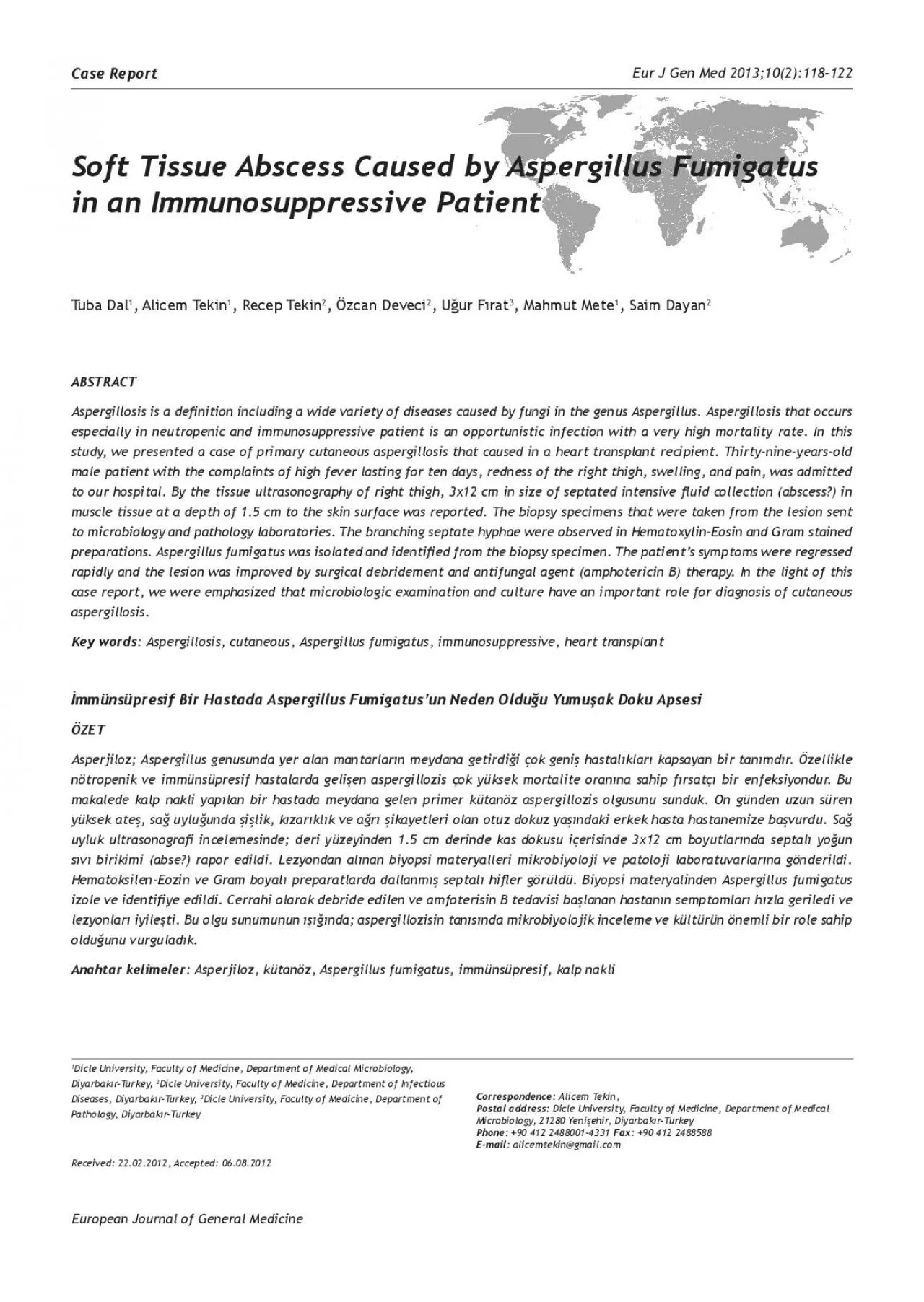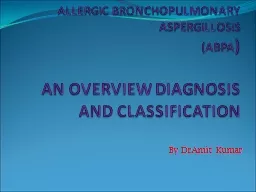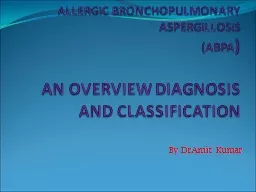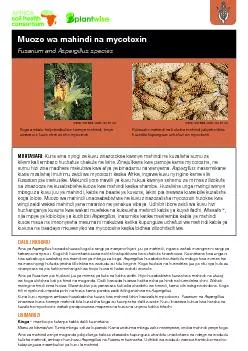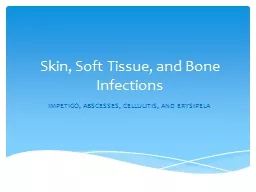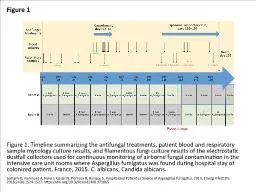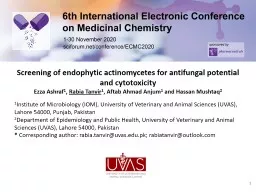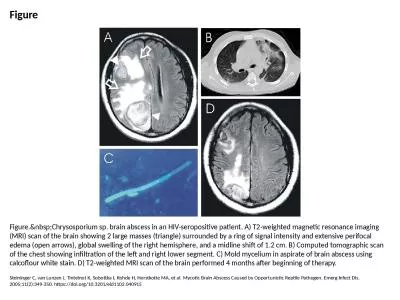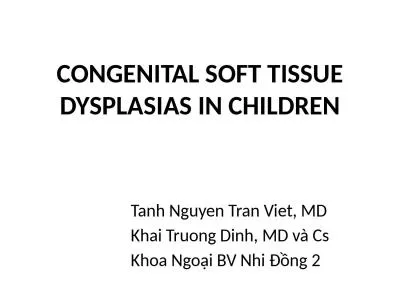PDF-Soft Tissue Abscess Caused by Aspergillus Fumigatus
Author : cappi | Published Date : 2022-08-16
in an Immunosuppressive Patient ABSTRACT Aspergillosis is a dex00660069nition including a wide variety of diseases caused by fungi in the genus Aspergillus Aspergillosis
Presentation Embed Code
Download Presentation
Download Presentation The PPT/PDF document "Soft Tissue Abscess Caused by Aspergillu..." is the property of its rightful owner. Permission is granted to download and print the materials on this website for personal, non-commercial use only, and to display it on your personal computer provided you do not modify the materials and that you retain all copyright notices contained in the materials. By downloading content from our website, you accept the terms of this agreement.
Soft Tissue Abscess Caused by Aspergillus Fumigatus: Transcript
Download Rules Of Document
"Soft Tissue Abscess Caused by Aspergillus Fumigatus"The content belongs to its owner. You may download and print it for personal use, without modification, and keep all copyright notices. By downloading, you agree to these terms.
Related Documents

